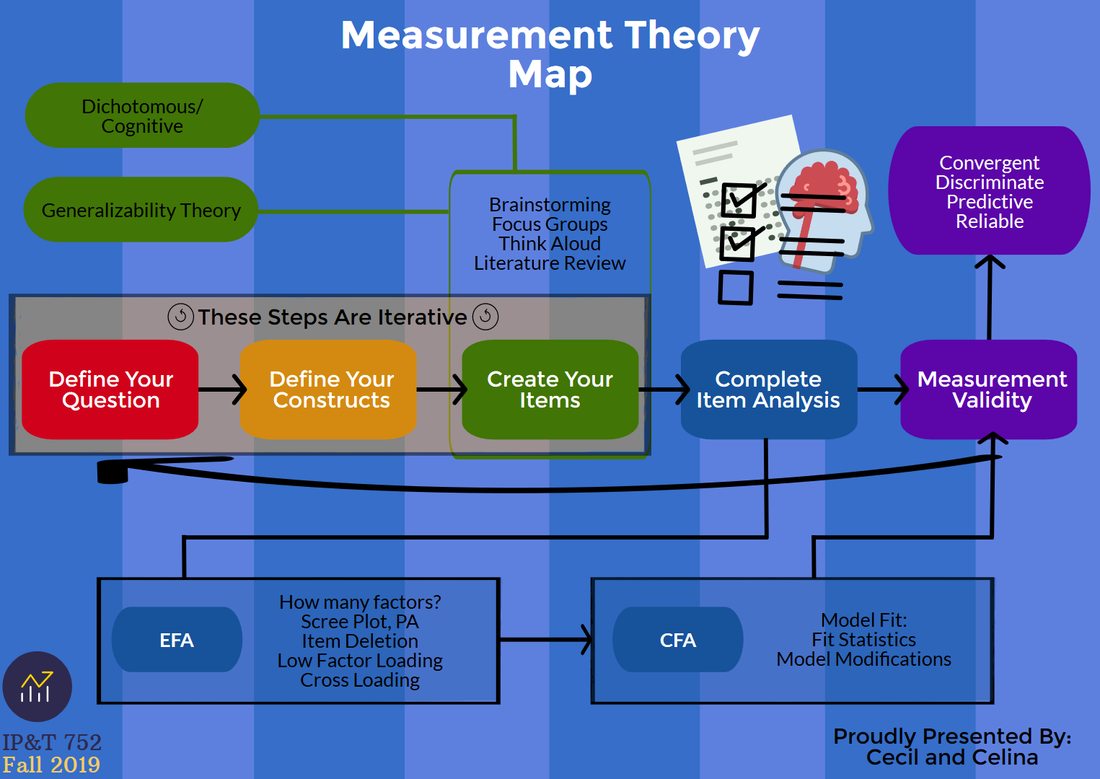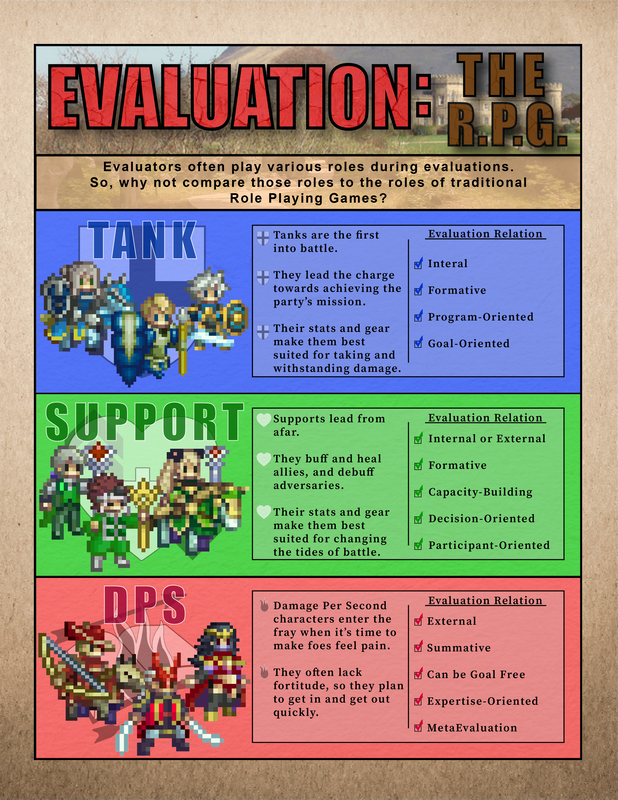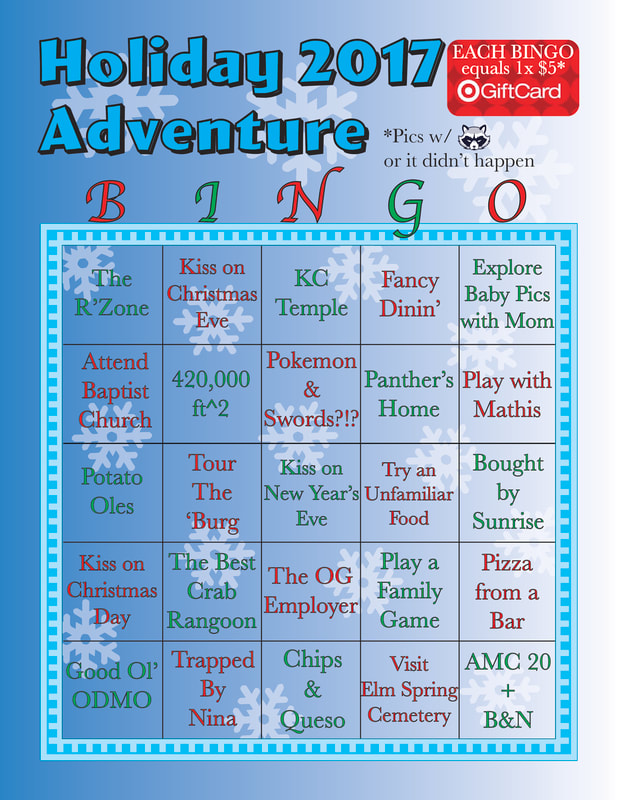|
Download Conference Presentation Slides Here Download AI-Generated TL;DR Slides for the Blog Post Here This week I have the honor and privilege to address the next generation of educators at the Buzz Into Teaching conference at Johnson County Community College. My keynote presentation will embark on a journey into the future of education—a future shaped by the transformative power of Artificial Intelligence (AI). In our exploration of AI's role in education, we will uncover a world of endless possibilities. We will imagine classrooms where learning is personalized to each student's needs, where AI-driven systems adapt in real-time to foster deeper understanding and engagement, and where every teacher in every classroom has an assistant to help, and every student in every classroom has a one-on-one tutor. This vision of personalized learning isn't just a dream; it's a reality made possible by the integration of AI technologies - but only if future educators can learn to strategically integrate these technologies with the tried and true strategies of yesterday's classroom. Looking ahead, we can envision a future where AI revolutionizes nearly every aspect of education, from curriculum design to global collaboration. As we prepare for such transformation, it is essential to equip ourselves with the necessary skills and knowledge to harness the power of AI responsibly. Professional development opportunities, like those provided at the Buzz Into Teaching conference, will be key as we adapt to the changing landscape of education and the world at large. To remain at the forefront of innovation and best practices, we must become explorers and inventors - designers willing to take on new challenges with new approaches. Moreover, advocating for ethical guidelines and standards in AI usage will be paramount to safeguarding the rights and well-being of all students. From safeguarding data privacy to ensuring fairness and equity in algorithmic decision-making, it is our responsibility as educators to navigate these ethical waters with diligence and integrity. The journey ahead is both exciting and challenging. As we stand on the precipice of this technological revolution, my sincere hope is that we can constantly remember the profound impact we as educators have in shaping the future of our students and society as a whole. Together, we can embrace the AI revolution in education with open minds and compassionate hearts, ensuring that every student has the opportunity to thrive in a world powered by knowledge and innovation. A world that will need to accept the benefits of what is artificial, without losing site of what it means to be human. I am sincerely grateful for the opportunity to share this journey with tomorrow's teacher leaders and leader teachers.
Together, may we seek to inspire and empower the next next generation of educators with passion, dedication, curiosity, and humanity.
2 Comments
In the ever-evolving landscape of education, Makerspaces have emerged as transformative hubs, blending the historical essence of tinkering with contemporary pedagogical principles. Originating from humanity's early days of "making activities," Makerspaces are deeply rooted in experiential learning, child development through play, and the empowerment of students as changemakers in a dynamic world.
The recent surge in Makerspaces is a response to the global call for innovative workforces. Stemming from the integration of STEM education, the rise of do-it-yourself communities, and the accessibility of digital fabrication technologies, Makerspaces have become diverse environments for exploration and creation. Whether found in preschools, post-secondary institutions, or community libraries, these spaces foster innovation, creativity, problem-solving, and collaboration. Makerspaces transcend traditional boundaries, offering both formal and informal learning opportunities, and their impact extends beyond affective outcomes, influencing cognitive and psychomotor skills. As we continue to explore Makerspaces, it becomes clear that they hold the key to reshaping how we learn and engage with the world, unlocking the potential for creativity and collaboration in learners of all ages. Read more in my EdTechnica chapter co-authored by my ever wonderful colleagues Dr. Jacob Hall and Dr. Kali Neumann: edtechbooks.org/encyclopedia/makerspaces Short, C. R., Hall, J., & Neumann, K. (2023). Makerspaces. EdTechnica: The Open Encyclopedia of Educational Technology. https://dx.doi.org/10.59668/371.12182 Google Slides Presentation: docs.google.com/presentation/d/17Q8EjFWjW9krMxc8_RFi3s6WzLqOIrDO/edit?usp=sharing&ouid=106061852616377032986&rtpof=true&sd=true Last semester in my Measurement Theory class, we were given a challenge to take everything we had learned - basically the process of creating a measurement tool including: defining constructs, conducting EFAs, conducting CFAs, different reasons and ways to do so, etc. - and condense it all down to a single page. Knowing that there was maybe too much information to condense it to a single type-written page, I got a bit creative and created a single page using PiktoChart and H5P. After sharing it with the class, they helped me get more information for the graphic so it could be a fairly complete summary of the semester. Unfortunately the H5P account has expired so the interactive map is unavailable, but the static image is posted below for reference. Most of the information for the graphic can be found here.
The graphic is shared here for record keeping and for others to use as they see fit. For my Advanced Evaluation in Education course, we were assigned to create a mind map or presentation of some kind that communicates our understanding of evaluation and its intricacies. For my project, I chose to design an infographic that illustrates a metaphor comparing the roles that evaluators play to the roles in a traditional role playing game (be it video game or table top). When I began the project, it was overly ambitious. I had determined that I was going to include several sub-classes for each of the RPG roles, i.e. Tank, Support, and Damage per Second (DPS). I brainstormed that Tanks would be further divided into Warrior, Knight/Paladin, and Dark Knight. For Supports I was trying to decide how I would divide the different support roles and what labels I would use. I came up with three different categories of Support characters: (1) White Mage/Healer/Cleric/Priest, (2) Troubadour/Priest/Bard/Songstress, and (3) Tactician/Scholar/Sage/Strategist. I faced a similar problem with DPS trying to choose between: (1) Archer/Hunter/Ranger, Black Mage/Wizard, and Monk/Rogue/Mercenary. As I began to detail each of the sub-classes, I realized that I was going to end up with lots of overlap (which usually exists in RPGs anyway), and that I was too focused on creating RPG classes instead of making comparisons to evaluation. Thus, I decided to only including the three basic categories of roles, and focus on my comparisons within them.
Despite concluding this project for now, there is more that I would like to do. I limited myself to an artboard that was 8.5 inches by 11 inches, so it would fit on copy paper. I would like to enlarge the artboard so I could add more content. I would like to provide more details about each evaluation method as a rationale for why I placed them where I did, e.g., explaining why I think Tank characters are formative and internal as opposed to summative and external like DPS characters. I also would have liked to list famous evaluators under each class. For example, I would have liked to add a section to the Tank category called TOP TANKS that listed evaluators like Tyler, Provus, and Weiss; a section for SUPPORTS called SUPER SUPPORTS that listed evaluators like Stufflebeam, Alkin, Guba, and Lincoln; and a section under DPS called DISTINGUISHED DPS featuring names such as Scriven, Eisner, and Accreditation “Guilds.” If I had more time, I would love to create a larger poster with more evaluation details, and more recognition for leading evaluators. Since I was unable to share my rationales on my infographic, I decided that I would share them here. In RPGs, Tank characters initiate battles and are the first into the fray. For these reasons, I related them to internal evaluators who complete formative evaluations. Tanks also tend to focus on objectives so they know where to lead their party. This focus on goals makes tank evaluators most suited for program and goal-oriented evaluations. Support characters tend to be the party tacticians. Supports help the rest of the party choose which actions to take based on the ways in which their support abilities can turn the tides of battle. The decision making aspect of the support’s role makes them understandably well suited for decision-oriented evaluations. As part of providing information for making decisions, support evaluators can be external or internal, but are mostly formative in nature. Support evaluators also collaborate with party members to choose the best actions, which makes them well suited for participant-oriented evaluations and capacity building. Lastly, DPS characters are the primary damage dealers in RPGs. They usually try to stay out of the central fray, allowing tanks to take damage while they damage adversaries. Due to their fragile nature, DPS players are usually more experienced than tanks, using their knowledge to decide when to attack and when to retreat. DPS characters are also usually the characters that determine whether a battle is won or lost. Due to their experience and opportunity to influence the outcome of a battle, DPS evaluators are mostly external summative evaluators. This makes them well suited for metaevaluation and expertise-oriented evaluations. Finally, due to their expertise, DPS evaluators may sometimes approach an evaluation using a goal-free approach. I really appreciate the opportunity we were given to express how we make connections to the field of evaluation, and how those connections help us understand the field. If you would like to read more about my design process for this project, you can do so here. This is one (of the many) gifts I got my wife for Christmas. We went back home for the holidays, and she told me all she really wanted for Christmas were some adventures. So, I made her this BINGO card full of adventures and every time she earned a BINGO I awarded her with a $5 Target gift card. BUT, each event only counted if she documented it by taking a picture with her Rocket the Raccoon Dorbz figure. I’m happy to report she earned all $60 worth of gift cards!
|
About
This blog presents thoughts that Cecil has concerning current projects, as well as musings that he wants to get out for future projects. For questions or comments on his posts, please go to his Contact page. Archives
April 2024
Tags
All
|
||||||



 RSS Feed
RSS Feed
